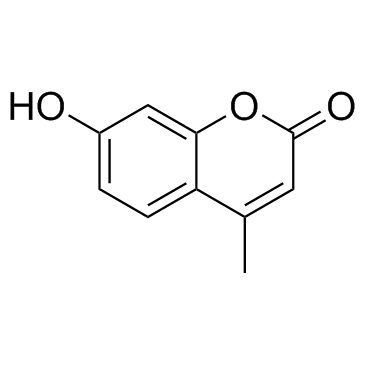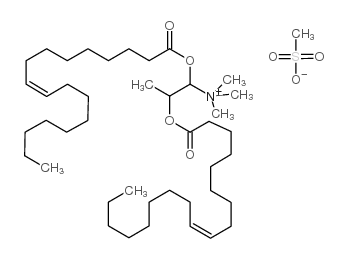| Structure | Name/CAS No. | Articles |
|---|---|---|
 |
Sodium hydroxide
CAS:1310-73-2 |
|
 |
Ethanol
CAS:64-17-5 |
|
 |
3-Ethyl-2,4-pentanedione
CAS:1540-34-7 |
|
 |
HEPES
CAS:7365-45-9 |
|
 |
L-Glutamine
CAS:56-85-9 |
|
 |
Zanamivir
CAS:139110-80-8 |
|
 |
4-Methylumbelliferone
CAS:90-33-5 |
|
 |
DOTAP Transfection Reagent
CAS:144189-73-1 |